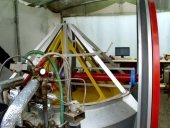
 6
6




How permies.com works
What is a Mother Tree ?




Burra Maluca wrote: The stream that used to flow year round along the bottom of the valley in Tamera started to dry up, eventually only flowing during rainy periods. The cork oaks began to suffer from fungal infections as they became stressed from lack of water during the hot, dry summer months, and the whole of Portugal began turning into desert.
Idle dreamer




 2
2




Devon Olsen wrote:^looks like you got a nice guide for waht to do with your area

Idle dreamer
 1
1




 2
2





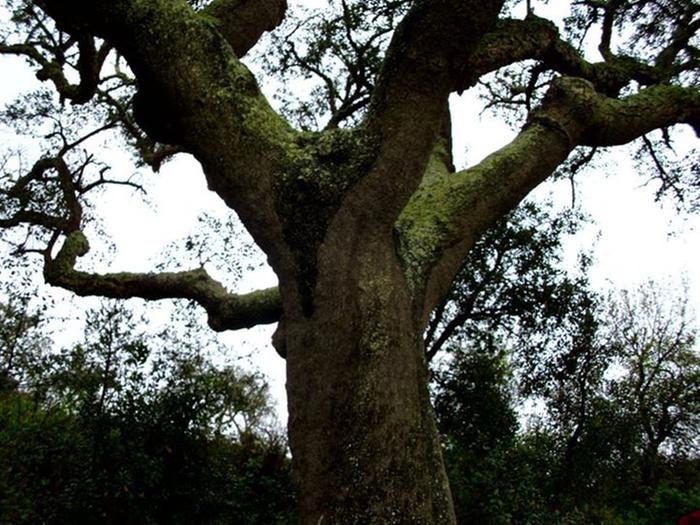
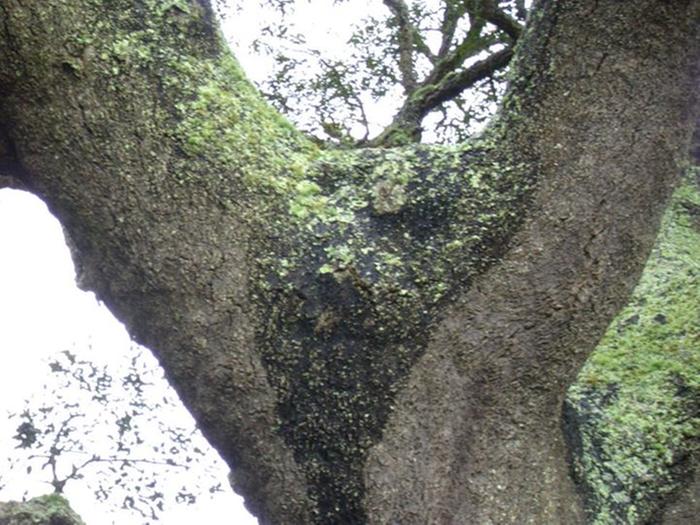

How permies.com works
What is a Mother Tree ?
 2
2




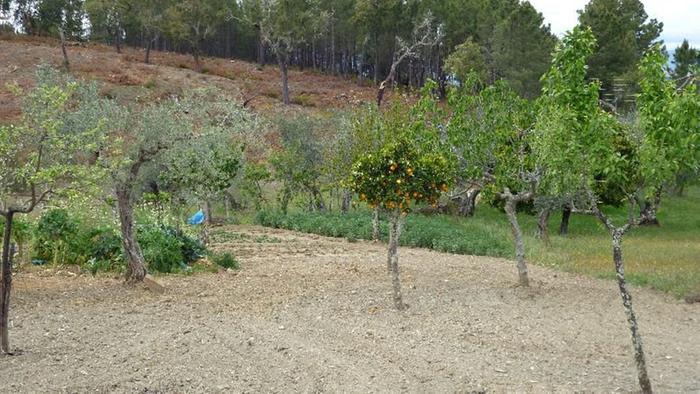

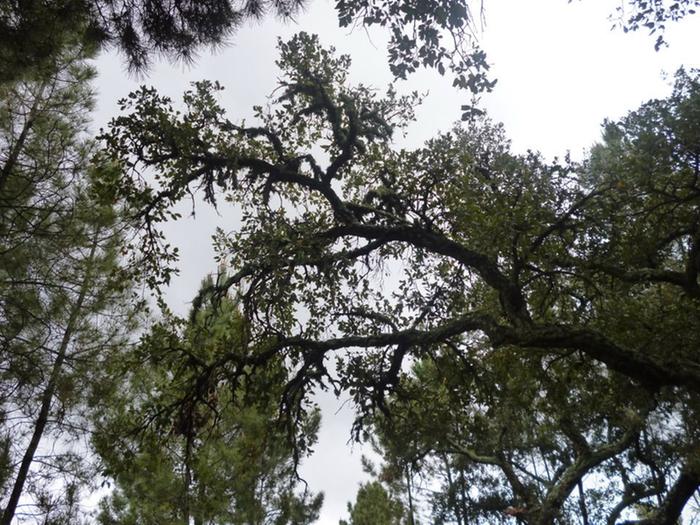
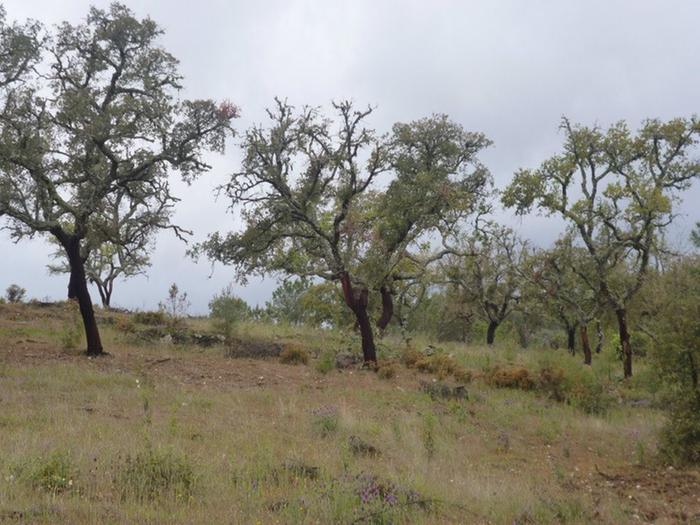
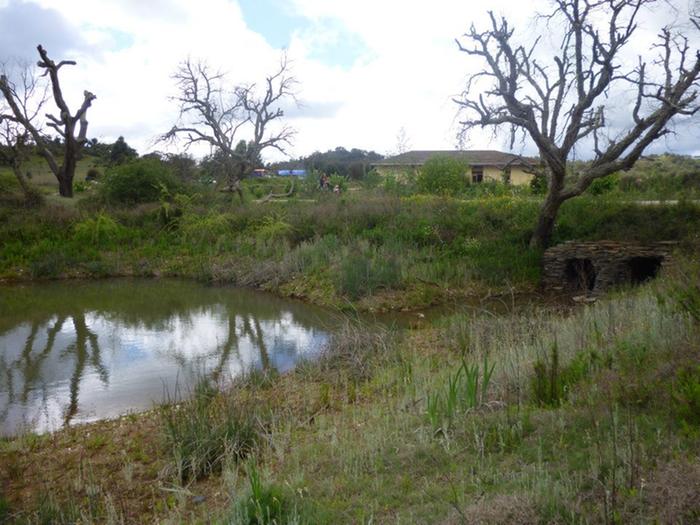
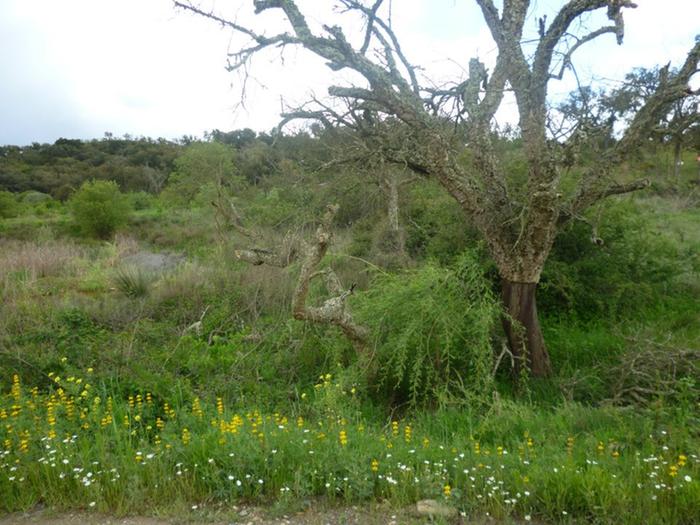
How permies.com works
What is a Mother Tree ?




Mark Harris wrote:Monocultures of cork oaks ? I have never seen corks growing without many plants inbetween. Commercially corks only have one main purpose and that is the cork bark which can only be harvested every 9 years or so. It would make very little sense not to grow something else underneath the trees.
"You must be the change you want to see in the world." "First they ignore you, then they laugh at you, then they fight you, then you win." --Mahatma Gandhi
"Preach the Gospel always, and if necessary, use words." --Francis of Assisi.
"Family farms work when the whole family works the farm." -- Adam Klaus




Idle dreamer




R wannabe wrote:
Mark Harris wrote:Monocultures of cork oaks ? I have never seen corks growing without many plants inbetween. Commercially corks only have one main purpose and that is the cork bark which can only be harvested every 9 years or so. It would make very little sense not to grow something else underneath the trees.
This is what the "experts" tell you to do. The thinking is to remove ALL competing plants so the cash crop can get all the water and nutrients.
 2
2




 2
2




Mark Harris wrote:The idea that the fungus problem and die back is caused by lack of water is pure speculation. If you do some research you will find many scientists with differing views on what is causing this. Taking the bark off a tree is not a natural process and will leave the tree more vulnerable to fungal attacks. As you have suggested Burra it is quite likely that cropping too frequently will make matters worse, and may in fact be the cause of the problem not drought.
Mark Harris wrote:I watched that Sepp video a couple of times. I can see why building a damm would green that site. To me it seems like a form of large scale terracing, a good thing. But there is also the possibility that there is now a lake downhill that is now dry.
Mark Harris wrote:What I would love to know Burra is if you found out how much of the food the 'Tamerans' grew themselves ? Where does the money come from to buy food they don't grow themselves ? There must be other costs like fuel to go into town to buy extra food and other goods ?
I have a lot of respect for these people from what I know of them. I would be interested to know how they survive, and how much permaculture is part of that.

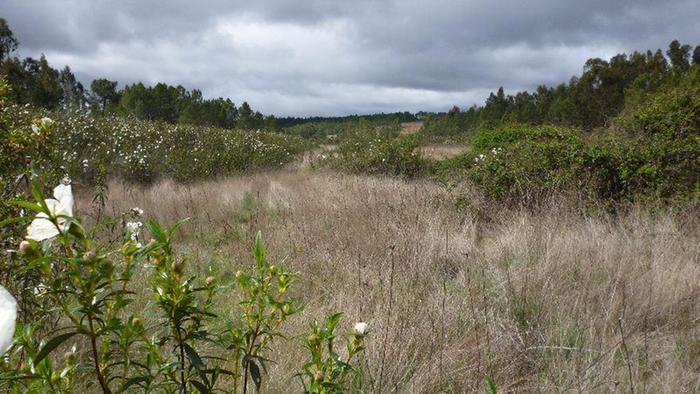

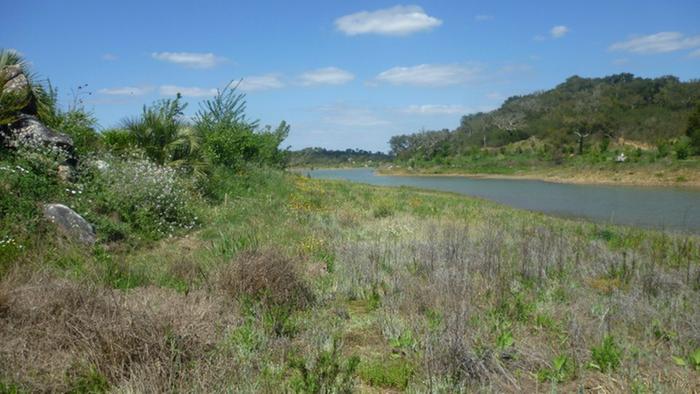
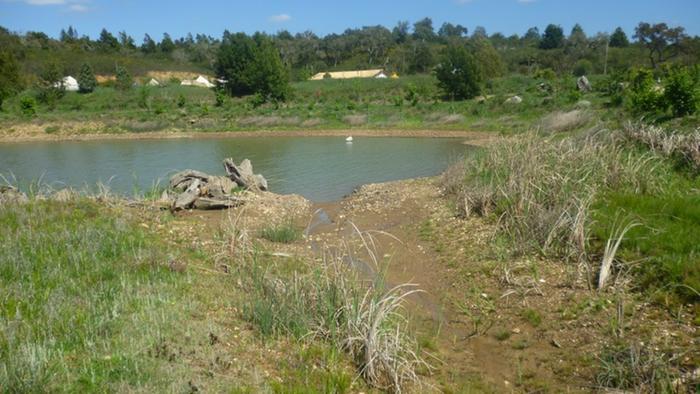
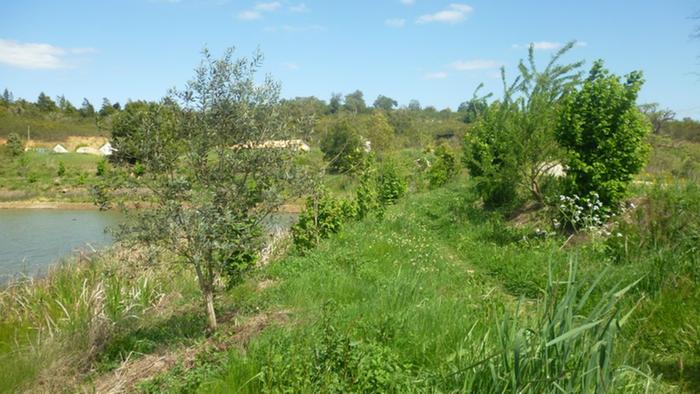
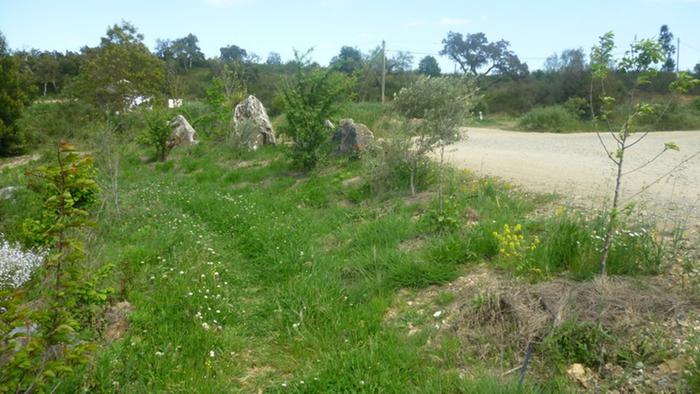
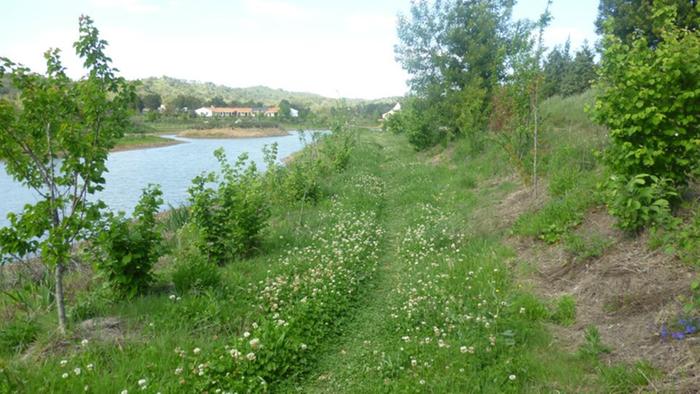
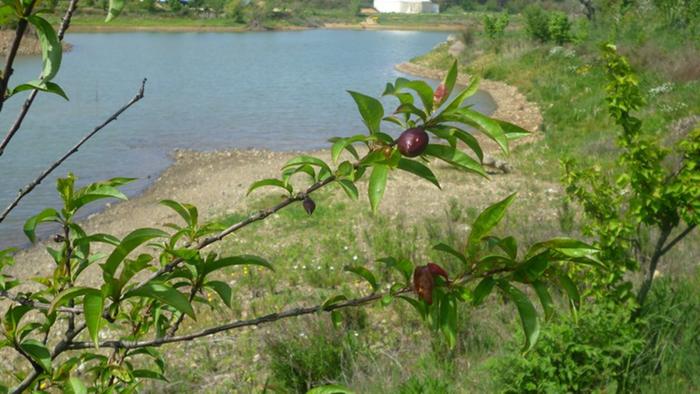
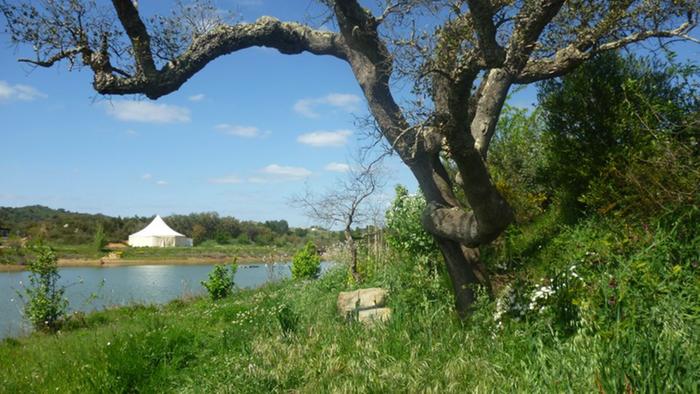
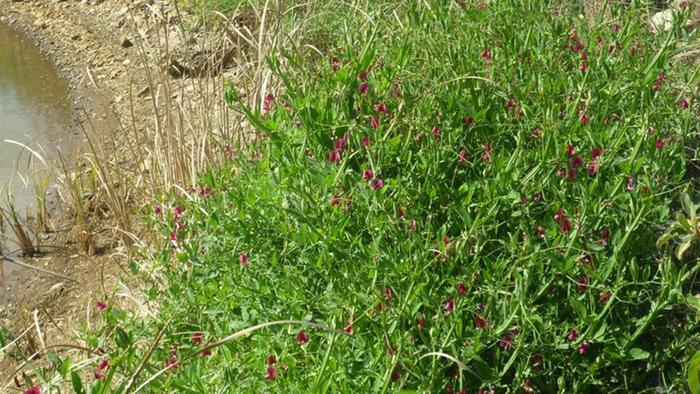
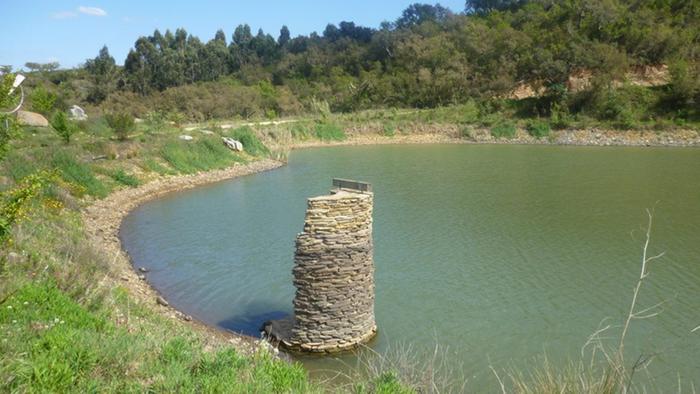
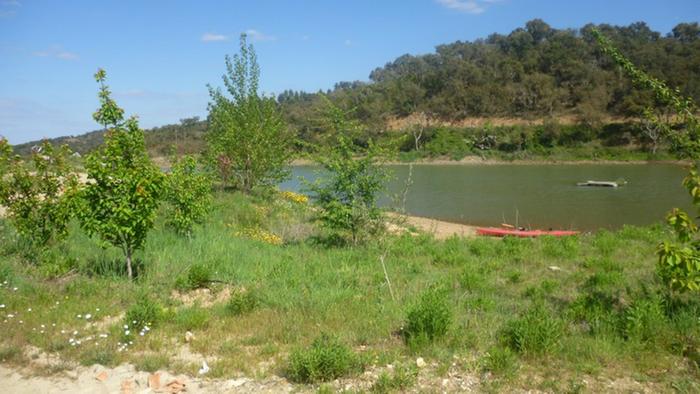
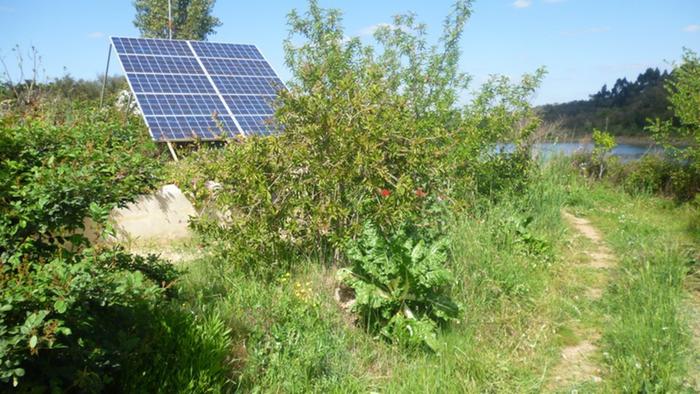
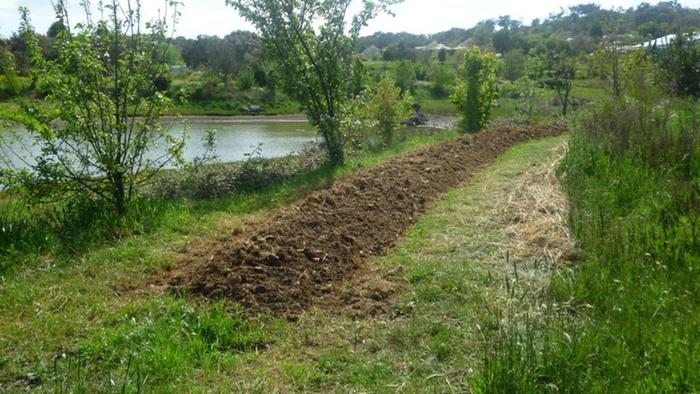
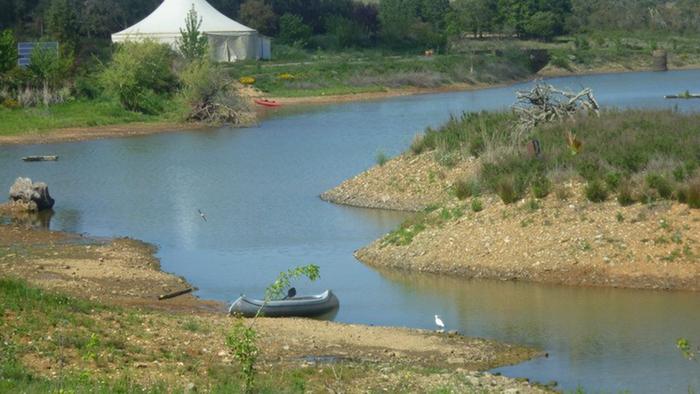
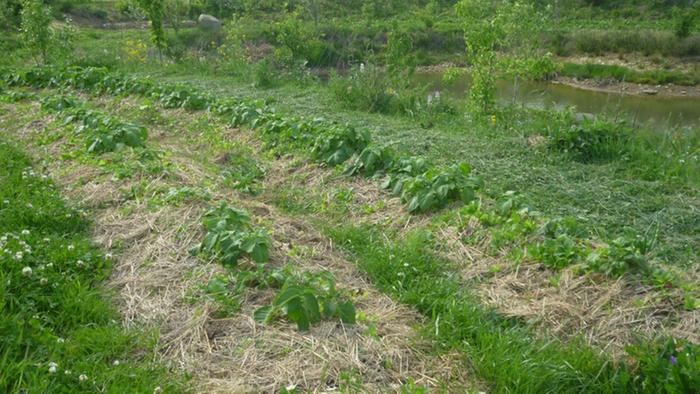
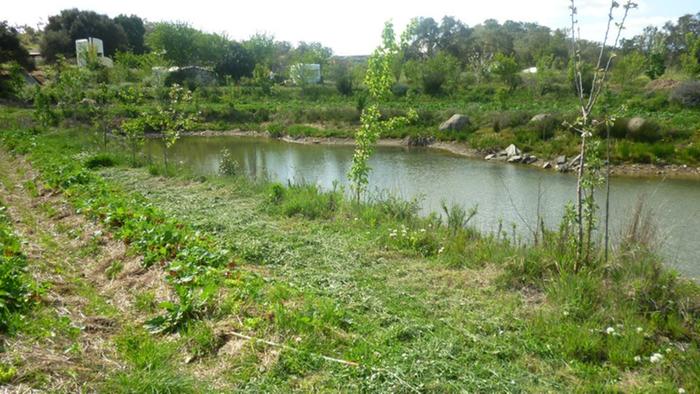
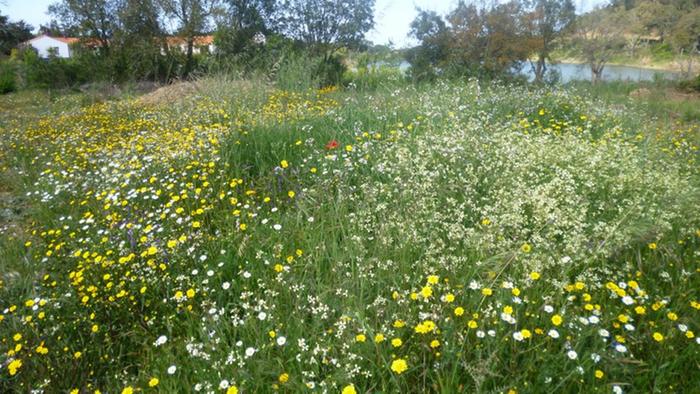
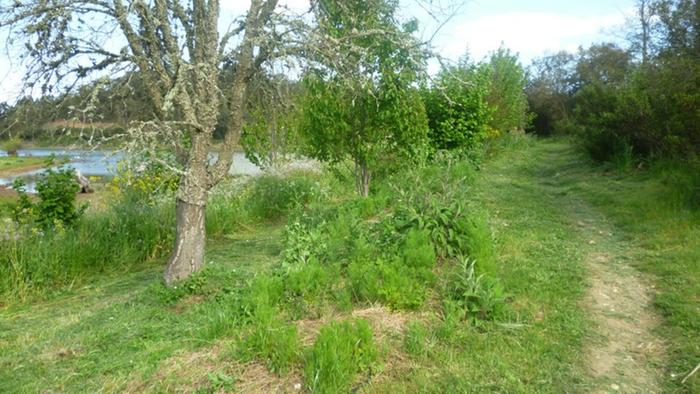


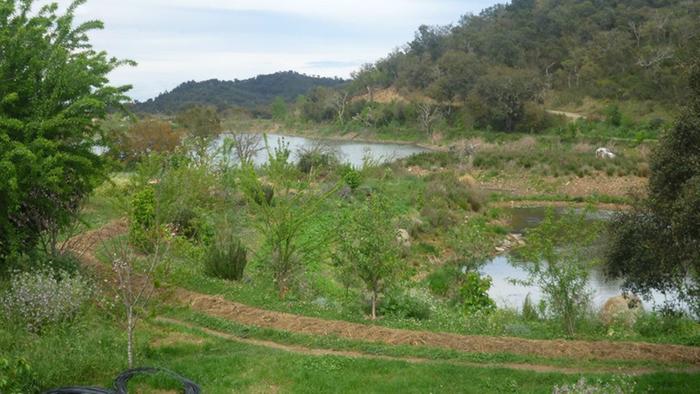
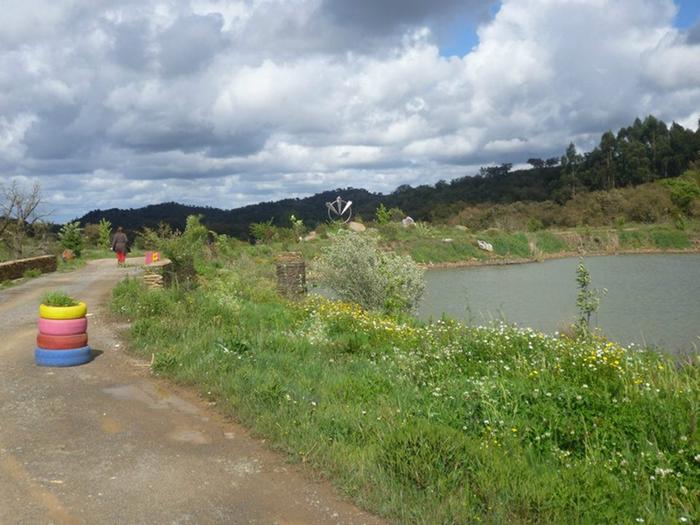
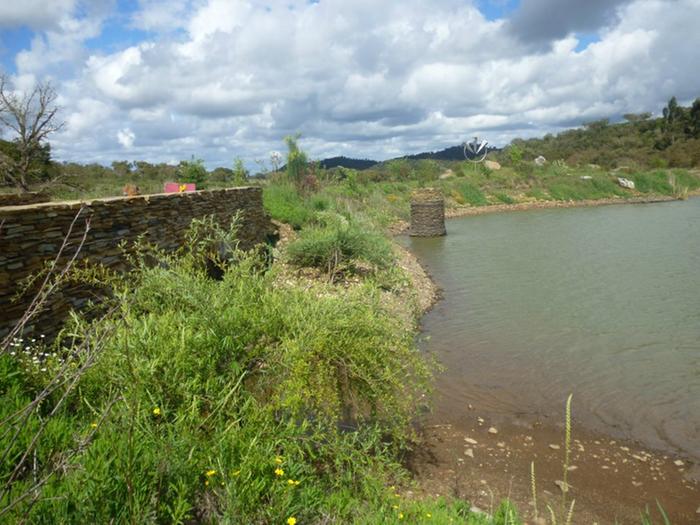
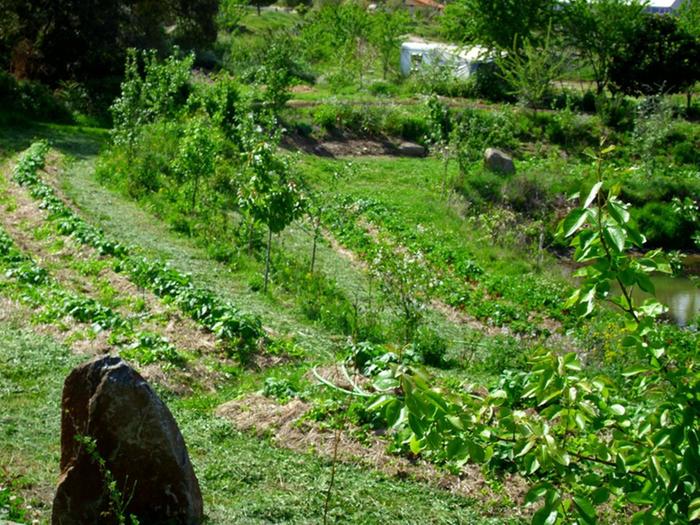
How permies.com works
What is a Mother Tree ?
 1
1




Idle dreamer




"To oppose something is to maintain it" -- Ursula LeGuin




Tyler Ludens wrote:Dramatically green at Tamera! Thank you so much for all these details.
 1
1




Mark Harris wrote: I would expect it to look that green at this time of year. We have just had a couple of weeks of cool rainy weather. It it look like that in August that would be impressive.
How permies.com works
What is a Mother Tree ?








Burra Maluca wrote:
Well it looks a whole lot greener and more productive than my own land, as in the top two photos in that post!

Idle dreamer
 4
4




Devon Olsen wrote:^all of the above:D

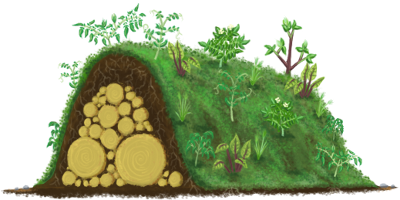

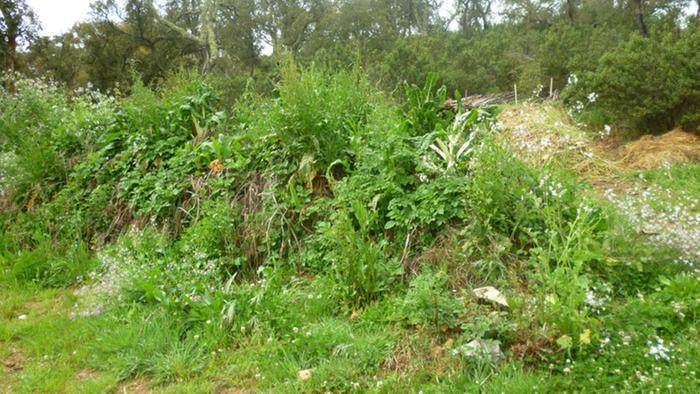
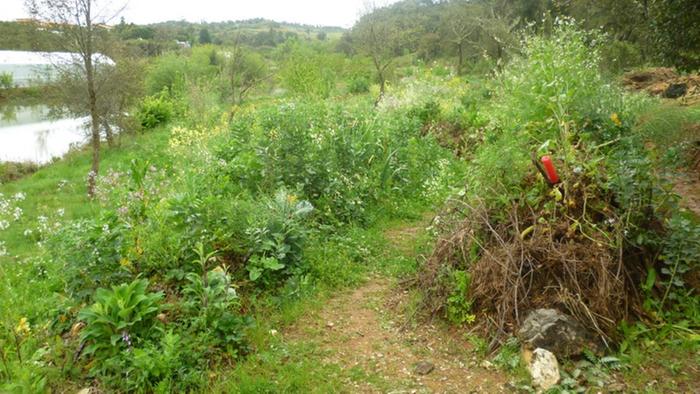
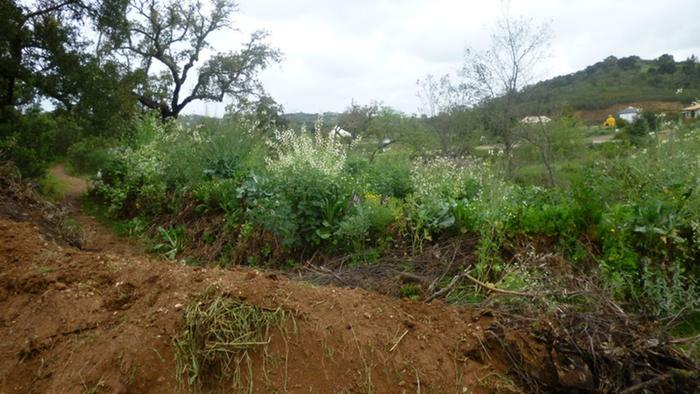
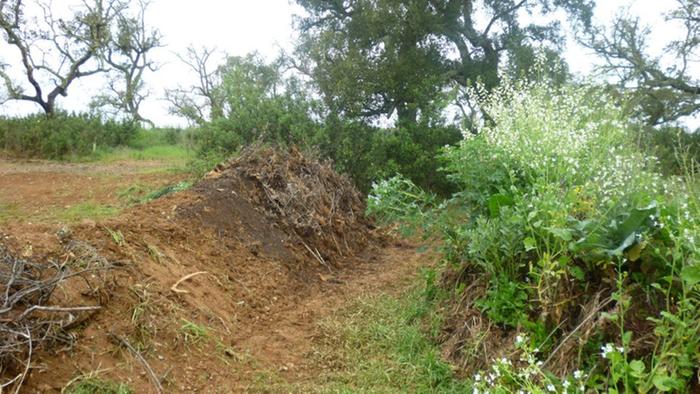
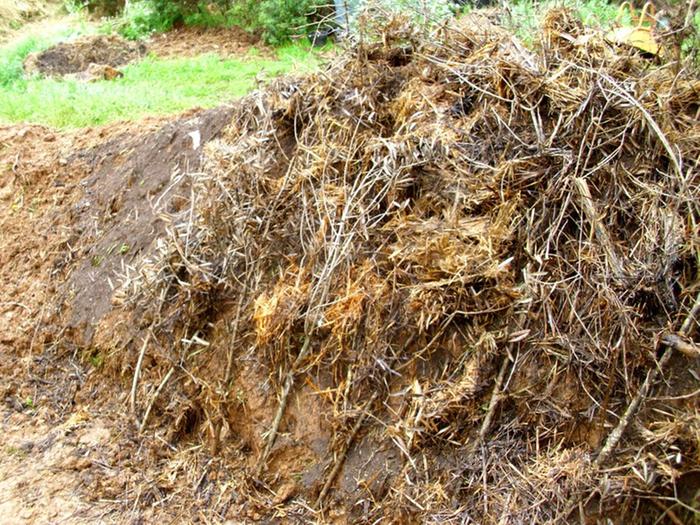
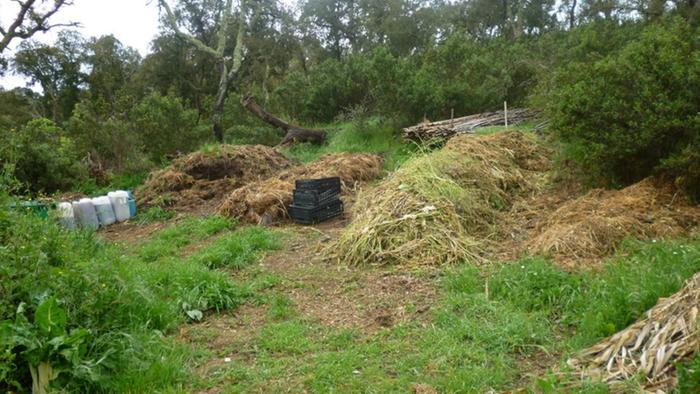
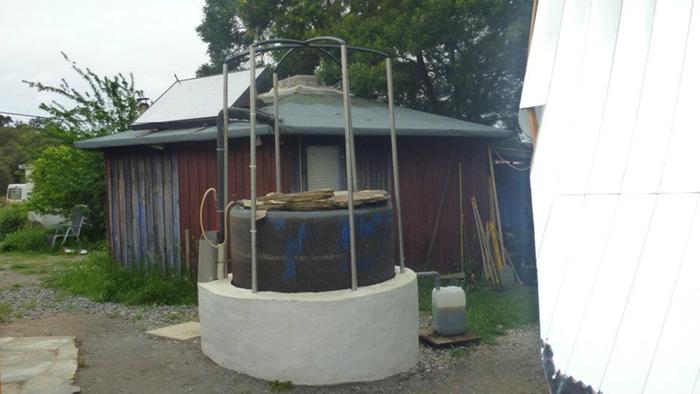
How permies.com works
What is a Mother Tree ?




Idle dreamer
 2
2




How permies.com works
What is a Mother Tree ?
 1
1




Idle dreamer




 3
3




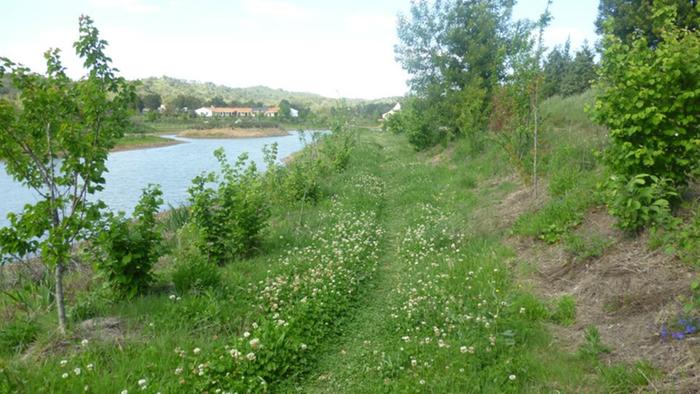
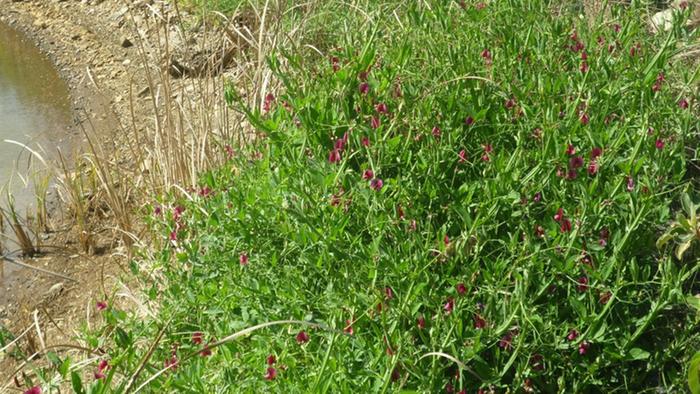

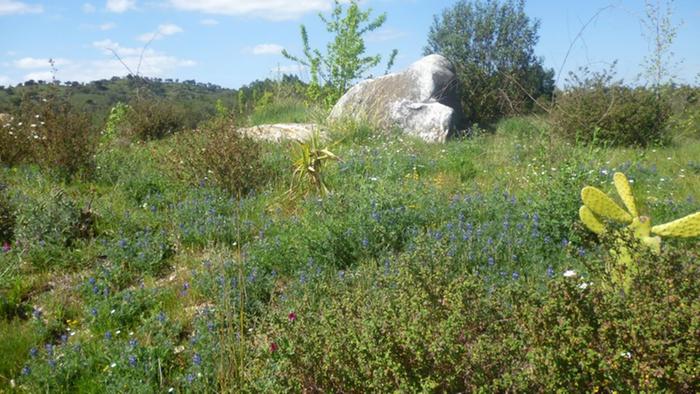
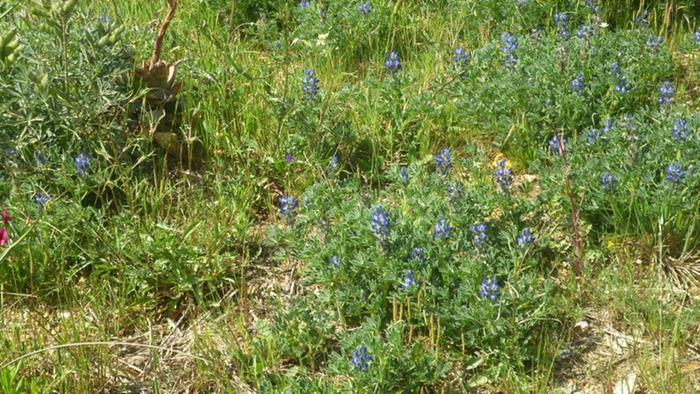
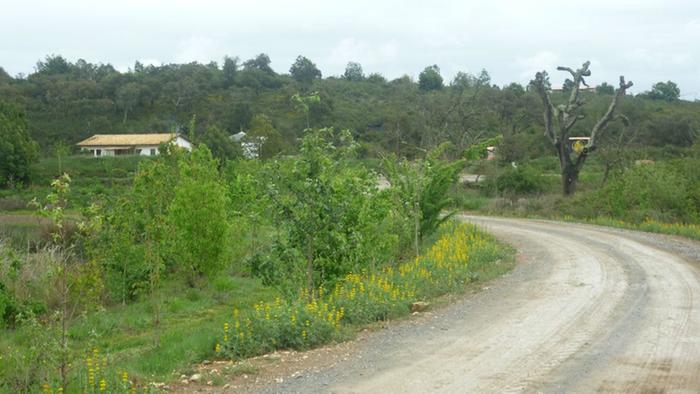

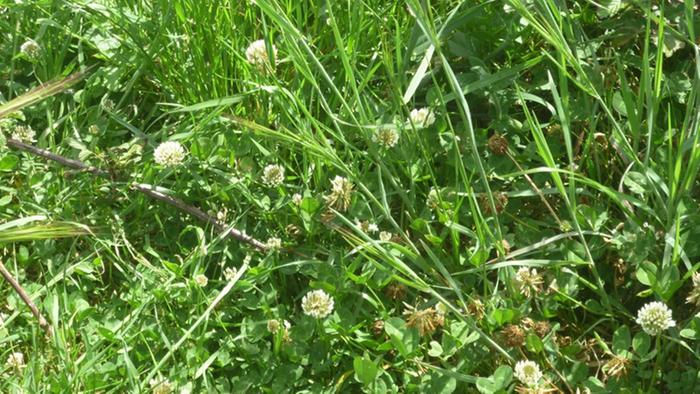
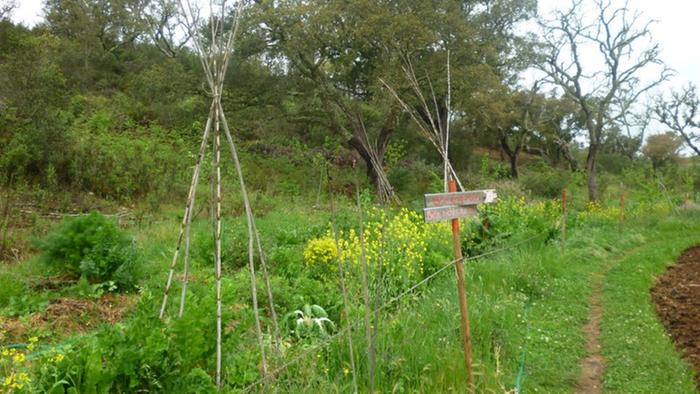
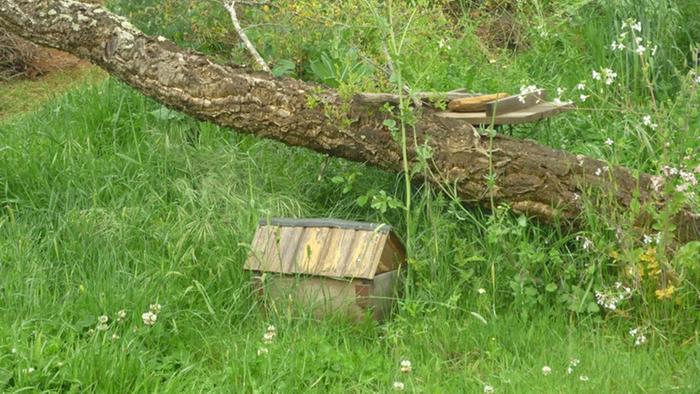
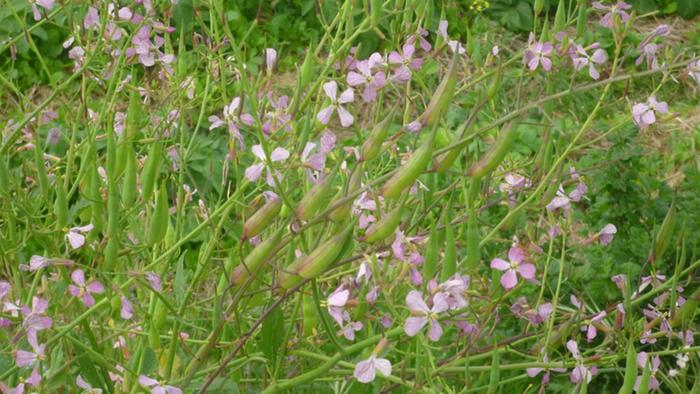
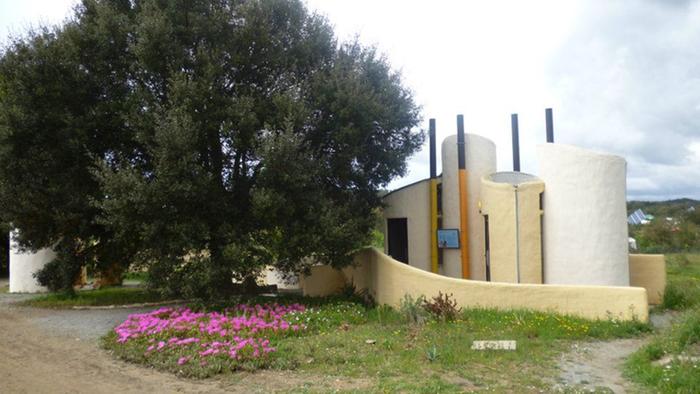
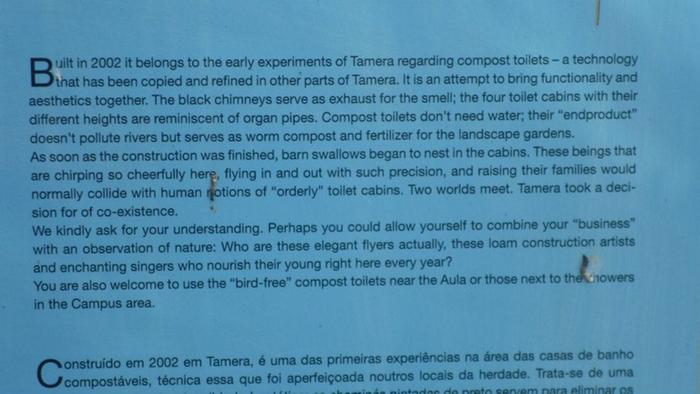
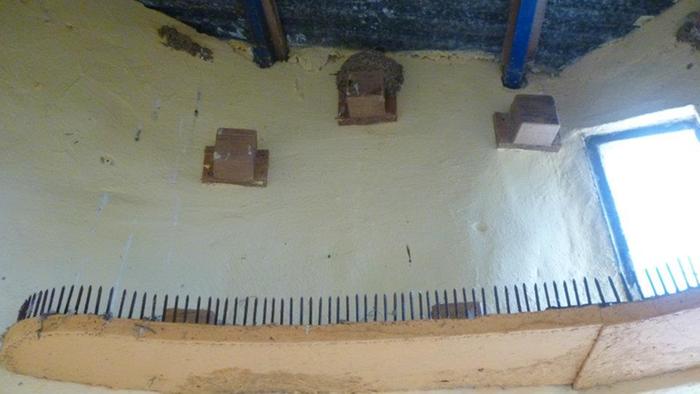
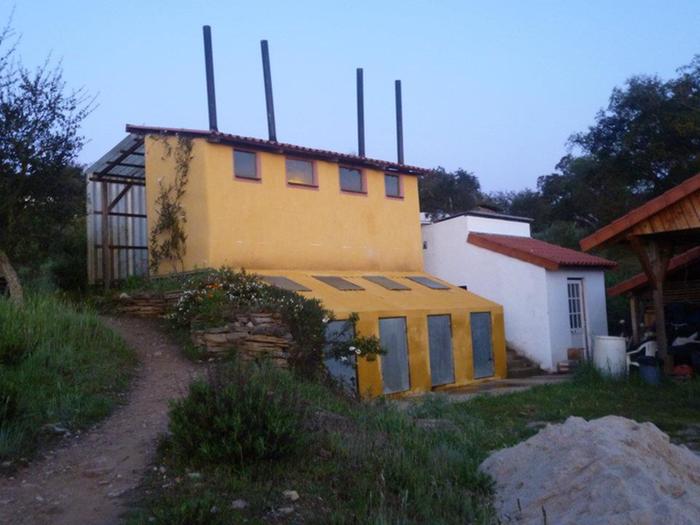
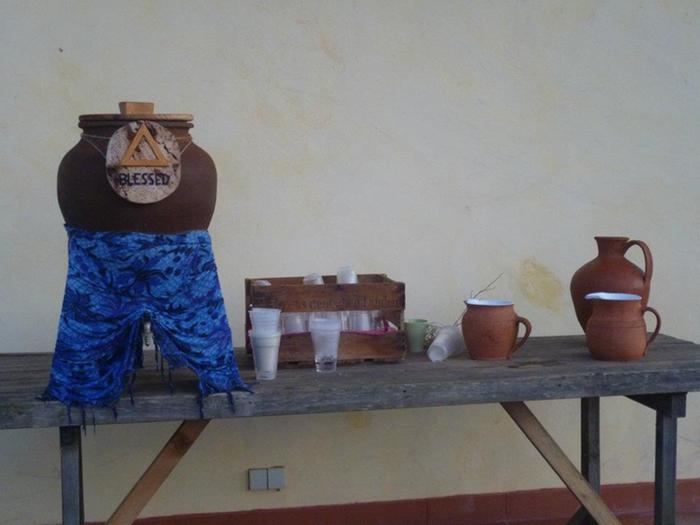
How permies.com works
What is a Mother Tree ?
 1
1




How permies.com works
What is a Mother Tree ?




Subtropical desert (Köppen: BWh)
Elevation: 1090 ft Annual rainfall: 7"
 1
1




soloenespana.wordpress.com
 3
3




Jennifer Wadsworth wrote:
So now I want to know - have any of you in drylands tried hugelkultur? Like you guys, I've definitely buried wood in pits that have formed the basis of sunken beds. Stuff that's "raised" here in Phoenix just does NOT hold water very well at all. Even with capillary action of woody materials moving water within the beds and dense foliage cover, raised beds can't keep up with the massive drying effect of our summers.
How permies.com works
What is a Mother Tree ?
 2
2




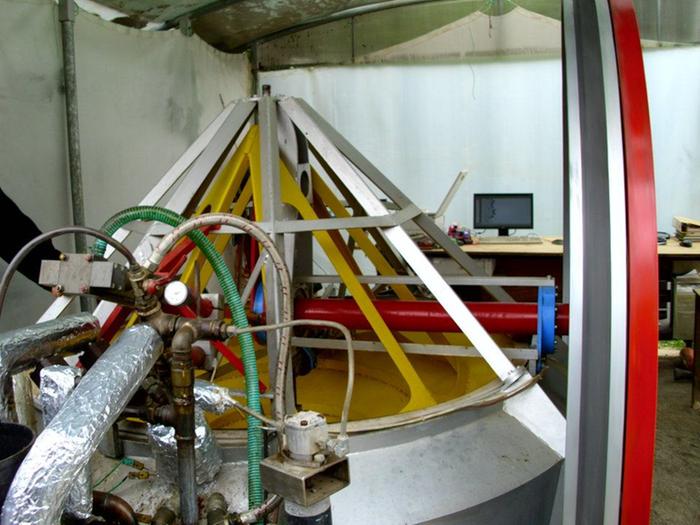
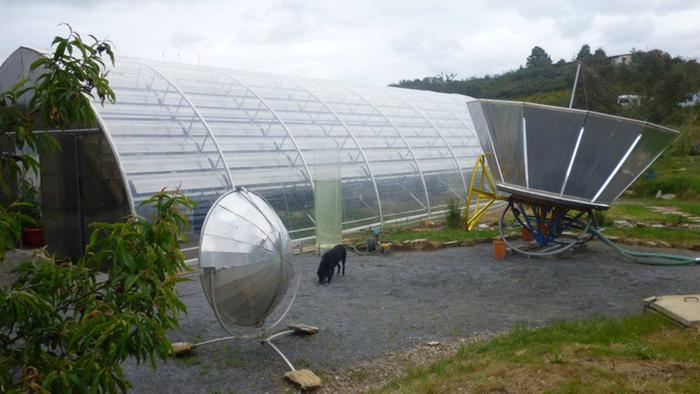
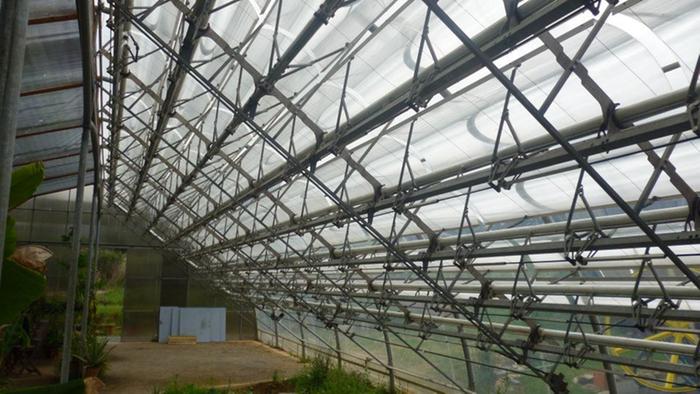
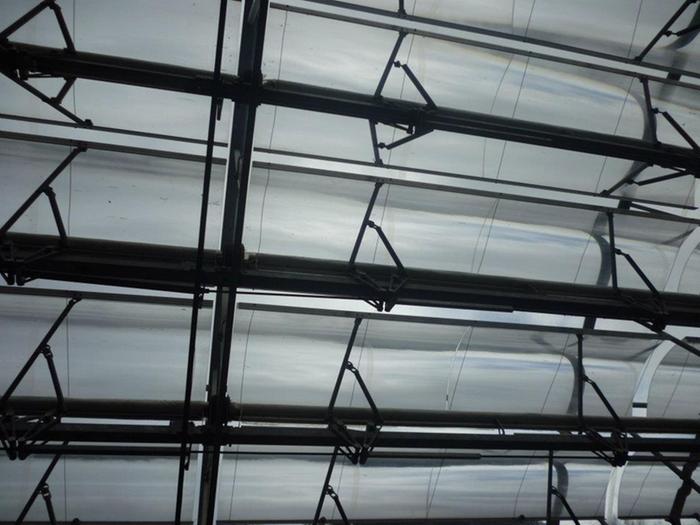

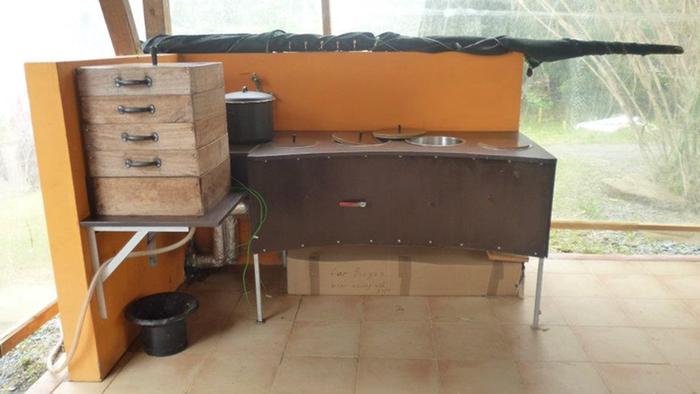

How permies.com works
What is a Mother Tree ?




Burra Maluca wrote: There were lots of patches of this plant - looks like mange-tout peas, but I'm not sure.




 1
1




Lucia Moreno wrote: Did you get any pictures of Tamera in August or September? Cheers,
Lucía
 1
1




















Moderator, Treatment Free Beekeepers group on Facebook.
https://www.facebook.com/groups/treatmentfreebeekeepers/









Lucia Moreno wrote:
I'd like to know the nature of the soil down the hill from the dam. /quote]
First, I thought I understood Your question.
Now, I do not know if I understood.
We need to know the nature of soil down the hill. Why?
The lake one in Tamera is on the end of the farm in the north side. Down hill the dam is the field not from Tamera but from a neighbour of tamera.
What we have seen in August 2013 was that many meters down hill the lake one there was some humidity in the soil (the change was on the humidity of the soil not in the nature of the soil). Yes there was some greenery in the soil down hill the lake one in Tamera. That means that the dam is only 80 per cent impermeable. We do not want a dam totaly impermeable.
You can see the nature of the soil of lake one in Tamera in the first video in this topic in the first reply from Burra between minute 5,20 and minute 6. The name of the video is water is life sepp holzer is speaking and other people from Tamera. I assume the nature of the soil down the hill is the same as in the dam. In the video they show the building of lake one and then we can see the nature of the soil. They shou us extra the soil of the dam.
Saludos
North Portugal
Benjamim Fontes








Lucia Moreno wrote: Hi Benjamin,
what I meant is that is soil downhill from a permeable dam is very sandy, the water will travel *through* it until it finds an impermeable layer. So, this downhill soil will not be significantly wetter than it was before building the dam. Please tell me if I'm wrong.
Cheers, Lucía
![Filename: Lagos-de-tamera-paint-2.png
Description: Map of Tamera with Lake 1 in north side, big south lake in south side. [Thumbnail for Lagos-de-tamera-paint-2.png]](/t/14412/a/14286/Lagos-de-tamera-paint-2.png)

|
Would anybody like some fudge? I made it an hour ago. And it goes well with a tiny ad ...
The new kickstarter is now live!
https://www.kickstarter.com/projects/paulwheaton/garden-cards
|
